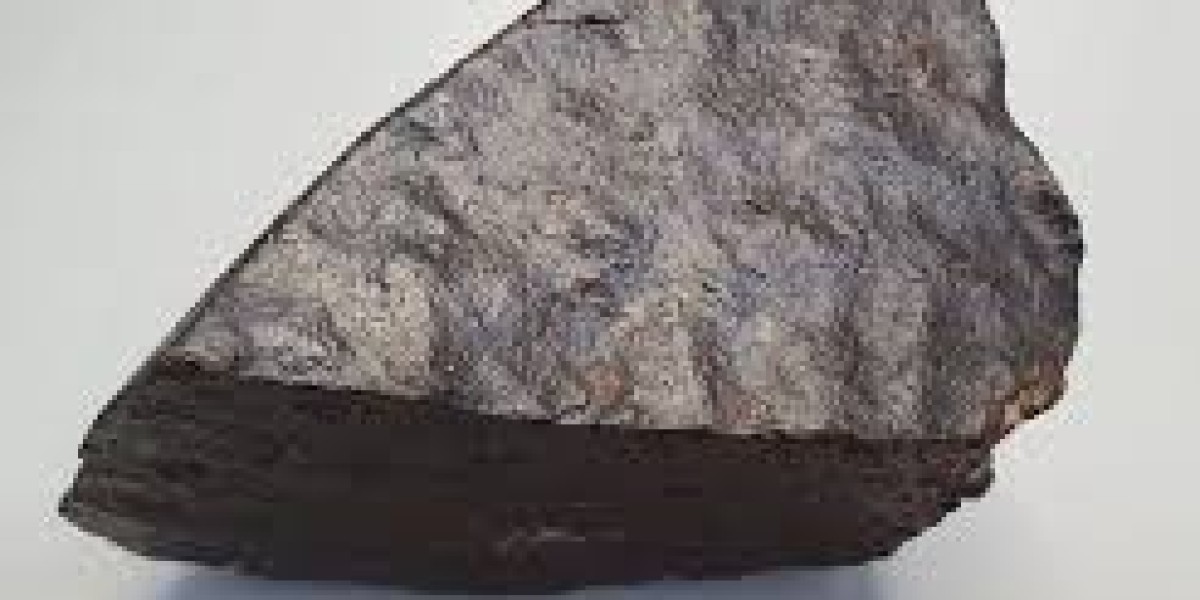Introduction
Big Meteorites, remnants of space rocks that survive their fiery journey through Earth’s atmosphere, offer fascinating insights into the solar system’s history. Among these, the largest meteorites provide not only a dramatic testament to cosmic events but also valuable scientific data. From their sheer size to their impact on Earth, these colossal space rocks have significant scientific, historical, and cultural implications. This article explores the largest meteorites ever found, their significance, and what they reveal about our universe.
The Largest Meteorites Ever Found
1. Hoba Meteorite
1.1 Overview
The Hoba meteorite, discovered in Namibia in 1920, is the largest known meteorite and the largest metallic meteorite ever found. It weighs approximately 60 tons and is composed mainly of iron and nickel. The Hoba meteorite is notable for its massive size and relatively intact state.
1.2 Significance
The Hoba meteorite’s size and composition provide valuable insights into the types of metallic meteorites that reach Earth. Its discovery has helped scientists understand the characteristics of large iron meteorites and their impact on Earth’s surface. Additionally, the Hoba meteorite has been preserved in situ, allowing researchers to study its weathering and interaction with the environment over time.
2. Brenham Meteorite
2.1 Overview
The Brenham meteorite, discovered in Kansas, USA, in 1882, is a notable example of a large pallasite meteorite, characterized by its beautiful olivine crystals embedded in a metallic matrix. It weighs around 17 tons and is renowned for its aesthetic appeal and scientific importance.
2.2 Significance
Pallasites like the Brenham meteorite are crucial for understanding the differentiation processes in asteroids. The presence of olivine crystals provides insights into the conditions of the parent body from which the meteorite originated. The Brenham meteorite’s unique appearance and composition offer clues about the internal structure of early solar system bodies.
3. Canyon Diablo Meteorite
3.1 Overview
The Canyon Diablo meteorite is the meteorite associated with the famous Barringer Crater (Meteor Crater) in Arizona, USA. The original meteorite is estimated to have weighed around 50,000 tons before impact, though only fragments remain. The crater itself is about 1.2 kilometers in diameter.
3.2 Significance
The Canyon Diablo meteorite’s impact created one of the best-preserved impact craters on Earth. The meteorite’s large size and the resulting crater provide significant data on impact dynamics and the geological effects of large collisions. It also offers insights into the composition of asteroids that can cause such impacts.
4. El Chaco Meteorite
4.1 Overview
The El Chaco meteorite, discovered in Argentina in 1969, is a large iron meteorite weighing about 37 tons. It is notable for its size and relatively high nickel content.
4.2 Significance
The El Chaco meteorite contributes to the understanding of iron meteorites and their distribution across the Earth. Its large size allows scientists to study the structural and chemical properties of iron meteorites, enhancing knowledge about the early solar system and the formation of planetary bodies.
The Scientific and Historical Significance
1. Insights into Solar System Formation
Large meteorites provide critical information about the early solar system. Their composition and structure can reveal details about the primordial materials and processes that shaped the formation of planets and asteroids. For example, the study of pallasites like Brenham helps scientists understand the differentiation and evolution of asteroid parent bodies.
2. Impact Cratering and Geological Processes
The study of meteorite impact craters, such as the Barringer Crater formed by the Canyon Diablo meteorite, offers insights into the energy and effects of large collisions. These craters help scientists model the impact dynamics, assess the environmental and climatic consequences of impacts, and understand the geological processes involved.
3. Cultural and Historical Impact
Large meteorites have cultural and historical significance beyond their scientific value. They often become symbols of cosmic events and are featured in local folklore and history. For example, the Hoba meteorite has become a significant tourist attraction and a symbol of Namibia’s natural heritage.
4. Astrobiology and Interplanetary Studies
Meteorites, especially large ones, can contain organic compounds and other materials that are relevant to the study of astrobiology. They provide clues about the potential for life beyond Earth and the transfer of materials between celestial bodies.
FAQs
Q: What are the largest meteorites ever found?
A: The largest meteorites include the Hoba meteorite (approximately 60 tons), the Brenham meteorite (around 17 tons), and the El Chaco meteorite (about 37 tons). Each of these meteorites offers unique insights into their composition and the history of the solar system.
Q: Why are large meteorites important for scientific research?
A: Large meteorites provide valuable data on the formation and composition of asteroids, impact dynamics, and geological processes. They also offer insights into the early solar system and contribute to our understanding of cosmic impacts and their effects on Earth.
Q: How do meteorites influence our understanding of impact cratering?
A: Studying meteorites and their impacts helps scientists understand the scale and effects of large collisions. Impact craters, like the Barringer Crater, offer data on the energy released during impacts and the resulting geological changes.
Q: What cultural and historical significance do large meteorites have?
A: Large meteorites often hold cultural and historical significance, becoming symbols of cosmic events and natural heritage. They can influence local folklore and history and become important landmarks and tourist attractions.
Conclusion
The largest meteorites ever found are more than just colossal space rocks; they are key to understanding the solar system’s formation, impact dynamics, and geological processes. From their scientific insights to their cultural significance, these massive meteorites offer a unique perspective on the cosmic events that have shaped our planet. By studying these extraordinary specimens, scientists continue to uncover the mysteries of our universe and appreciate the profound connections between Earth and the broader cosmos.







